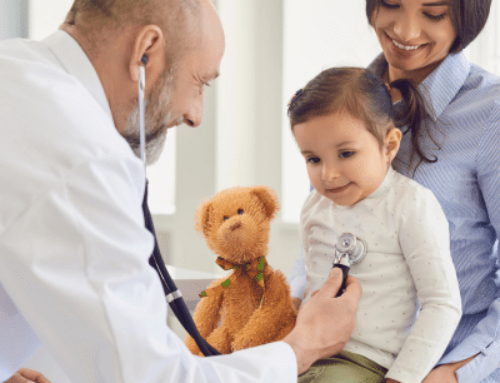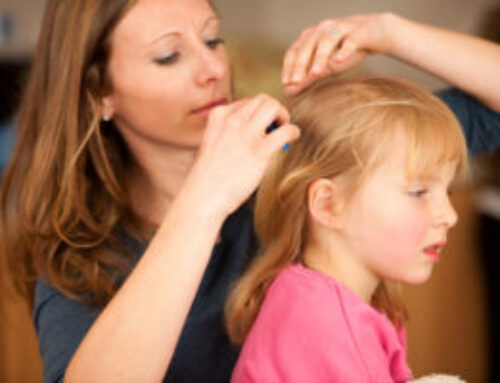 When faced with traumatic events, a child’s developing brain is affected in such a way that it can greatly increase the risk of serious health issues down the road. In a TED Talk by Nadine Burke Harris, she discusses the correlation between childhood trauma and many adverse effects, such as the increased risk of pulmonary disease and even an increased risk of suicide, just to name a few. This study was conducted by Dr. Vince Felitti at Kaiser and Dr. Bob Anda at the CDC.
When faced with traumatic events, a child’s developing brain is affected in such a way that it can greatly increase the risk of serious health issues down the road. In a TED Talk by Nadine Burke Harris, she discusses the correlation between childhood trauma and many adverse effects, such as the increased risk of pulmonary disease and even an increased risk of suicide, just to name a few. This study was conducted by Dr. Vince Felitti at Kaiser and Dr. Bob Anda at the CDC.
In regards to childhood trauma, Harris says it’s more than just losing at a game of basketball. The type of trauma she’s talking about includes abuse (physical, sexual, emotional, etc.), neglect (physical and emotional), parents who suffer from mental illness, and divorce, among others. While it may be apparent that children who grow up under such circumstances are more likely to engage in dangerous conduct that inevitably leads to illness and decreased health, the study showed that even those who didn’t engage in adverse activities still had a higher chance of developing a health condition as they get older.
And it’s not just an all-or-nothing type of accumulation. Instead, those people who experienced more traumatic events have a child have a much greater chance of developing these adverse health outcomes. Meaning, the chance of developing suicidal tendencies is 12 times as likely in someone who has experienced four or more traumatic events as a child as compared to a child who experienced none. The development of depression and hepatitis is also increased.
This is due in part to the brain’s fight-or-flight response activating day after day after day, as these children are constantly exposed to common traumatic events that dig deep into their skin. When the fight-or-flight response activates in a dangerous situation–say, coming upon a bear in a forest–the heightened senses aid in saving your life as you prepare to either fight it or run from it. But when this response is constantly activated, the child’s brain state is altered, and adverse effects are the byproduct.
The brains of children are still developing, so constant stimulation in an area that is typically reserved for dangerous situations will begin to become a permanent fixture. As Harris stated, it’s easy to look at other areas and see how that can be true. But in your own city? Your own neighborhood? Your own household? Those are closer to home, and can be more difficult to accept. But acceptance is the first step to beating this problem, and there are ways to beat it.
While an offshoot of pediatric health, we feel that the discussion of this topic is important. After all, we work with children on a regular basis, and their overall health is just as important to us now as it will be when they’re much older. Knowing what causes these harmful effects is part of an ongoing battle to protect our children’s future. We love working with children of all ages, and we hope that by bringing this issue to light we are able to help even a few more receive the help they need.
We are always here for you and will do whatever we can to help. While our expertise is in pediatric health, our care and concern reaches far beyond that scope, and we want you to know that we understand what you and your children are going through.





